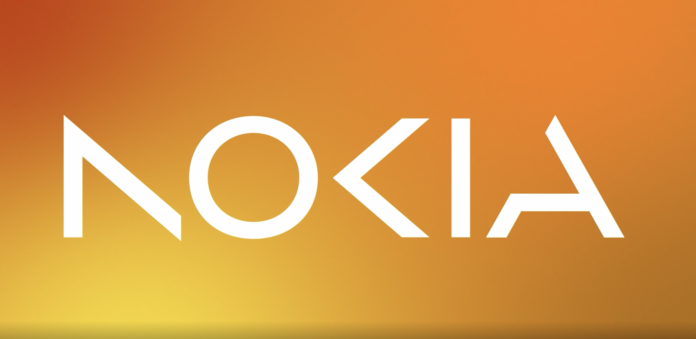Nokia said its Wi-Fi 7 portfolio is powered by the vendor’s Corteca software
Finnish vendor Nokia announced a new carrier-grade portfolio of Wi-Fi 7 devices.
In a release, Nokia said that the new portfolio includes dual-band, tri-band and quad-band configurations to address various regulatory constraints and meet market demands.
Nokia noted that the Beacon 24 has an innovative antenna design and orientation for omnidirectional coverage, which provides horizontal coverage, as well as vertical coverage for Wi-Fi devices on different floors. In addition, Nokia’s Beacon 24 supports multi-link operations (MLO) across four radio links. Nokia explained that MLO is a new concept in Wi-Fi 7 that “revolutionizes” Wi-Fi connection speeds, by enabling devices to simultaneously send and receive data across different frequency bands and channels.
Nokia’s Wi-Fi 7 portfolio is powered by Nokia’s Corteca software, which brings advanced Wi-Fi and device management and is based on open industry standards. It also offers a marketplace with applications, including 3rd party, that run on fiber (ONT) gateways, FWA gateways and mesh Wi-Fi beacons, Nokia said.
Justin Doucette, head of Wi-Fi for fixed networks broadband devices at Nokia, said: “The world is moving to multi-gigabit with 25G fiber and 5G millimeter wave pushing the broadband speeds to the home to new heights. Wi-Fi 7 provides new capabilities that ensure these multi-gigabit broadband services can be achieved throughout the home. The combination of our new Wi-Fi 7 devices and our Corteca software gives operators the tools they need to deliver an unsurpassed broadband experience.”
The new Nokia portfolio of Wi-Fi 7 solutions will be fully certified and compliant with the standard expected to be finalized in early 2024. The full set of Nokia Wi-Fi solutions will be commercially available in the first half of 2024, according to the company.
Last month, Qualcomm announced two new Wi-Fi 7 partnerships: one with Charter Communications in the U.S. and another with EE in the U.K. Both service providers are working with the chip company to provide their customers with a next-generation Wi-Fi router to deliver faster connectivity, as well as advanced wireless and service management capabilities.
Some of Wi-Fi 7’s most notable features include support of 320-megahertz transmissions — double the 160 megahertz of 802.11ax — and the use of higher modulation orders, optionally supporting 4096-QAM, up from 1024-QAM in 802.11ax. Wi-Fi 7 is also referred to as Wi-Fi Extremely High Throughput as result of its ability to support up to 30 Gbps throughput, roughly three times faster than Wi-Fi 6.
In addition, while Wi-Fi 6 introduced OFDMA, which is a traffic scheduling technique that results in significant speed gains in both crowded and uncrowded environments, Wi-Fi 7 has Multi-Link Operation (MLO). This feature is unique to Wi-Fi 7 and allows for the rapid switching between the different Wi-Fi bands, enabling seamless switching between the links to move critical applications to higher bands, as well as aggregate the links where and when needed.
The Wi-Fi Alliance certification of Wi-Fi 7 is expected by the first half of 2024.

